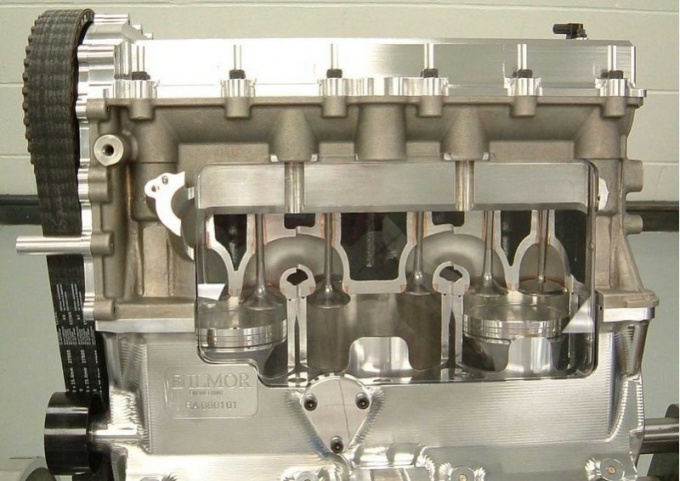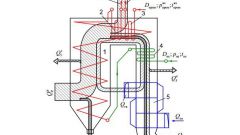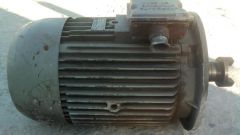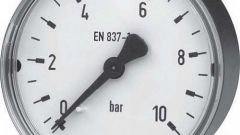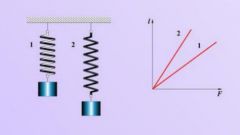Instruction
1
Most often efficiency is calculated from the ratio of the useful energy system to all total received energy in a certain period of time. It is worth noting that efficiency has no specific units of measurement. However, in the school curriculum this value is measured in percents. This ratio, based on the above data, calculated by the formula:
η = (A/Q)*100%, where η ("ETA") is the required efficiency, A useful operation of the system, Q is the total energy, A and Q are measured in Joules.
η = (A/Q)*100%, where η ("ETA") is the required efficiency, A useful operation of the system, Q is the total energy, A and Q are measured in Joules.
2
The above method of calculating efficiency is not the only one, as the useful work of the system (A) is calculated according to the formula:
A = Po-Pi where Po - power system energy from the outside, Pi - loss of energy in the system. Expanding the numerator of the above formula, it can be written in the following form:
η = ((Po-Pi)/Po)*100%.
A = Po-Pi where Po - power system energy from the outside, Pi - loss of energy in the system. Expanding the numerator of the above formula, it can be written in the following form:
η = ((Po-Pi)/Po)*100%.
3
To the calculation of the efficiency was more clear and evident, it is possible to consider the examples.
Example 1: Useful work equal to 75 j, the sum expended for its operation energy is 100 j, it is required to find the efficiency of the system. To resolve this problem, apply the first formula:
η = 75/100 = 0.75 or 75%
Answer: the efficiency of the proposed system is 75%.
Example 1: Useful work equal to 75 j, the sum expended for its operation energy is 100 j, it is required to find the efficiency of the system. To resolve this problem, apply the first formula:
η = 75/100 = 0.75 or 75%
Answer: the efficiency of the proposed system is 75%.
4
Example 2: Input to operate the engine energy is 100 j, the energy loss during operation of this engine 25 j is necessary to calculate efficiency. For a solution use the second formula of calculating the required ratio:
η = (100-25)/100 = 0.75 or 75%.
The responses in both examples are the same, because in the second case was more parsed data to the numerator.
η = (100-25)/100 = 0.75 or 75%.
The responses in both examples are the same, because in the second case was more parsed data to the numerator.
Note
Many types of modern engines (e.g., rocket engine or turbowebguy) have several stages of its work, and each stage has its own efficiency, which is measured in any of these formulas. But to find the common ratio, you will need to multiply all known efficiency at all stages of operation of this engine:
η = η1*η2*η3*...*η.
η = η1*η2*η3*...*η.
Useful advice
Efficiency cannot be more than one, because during the operation of any system inevitably loss of energy.
